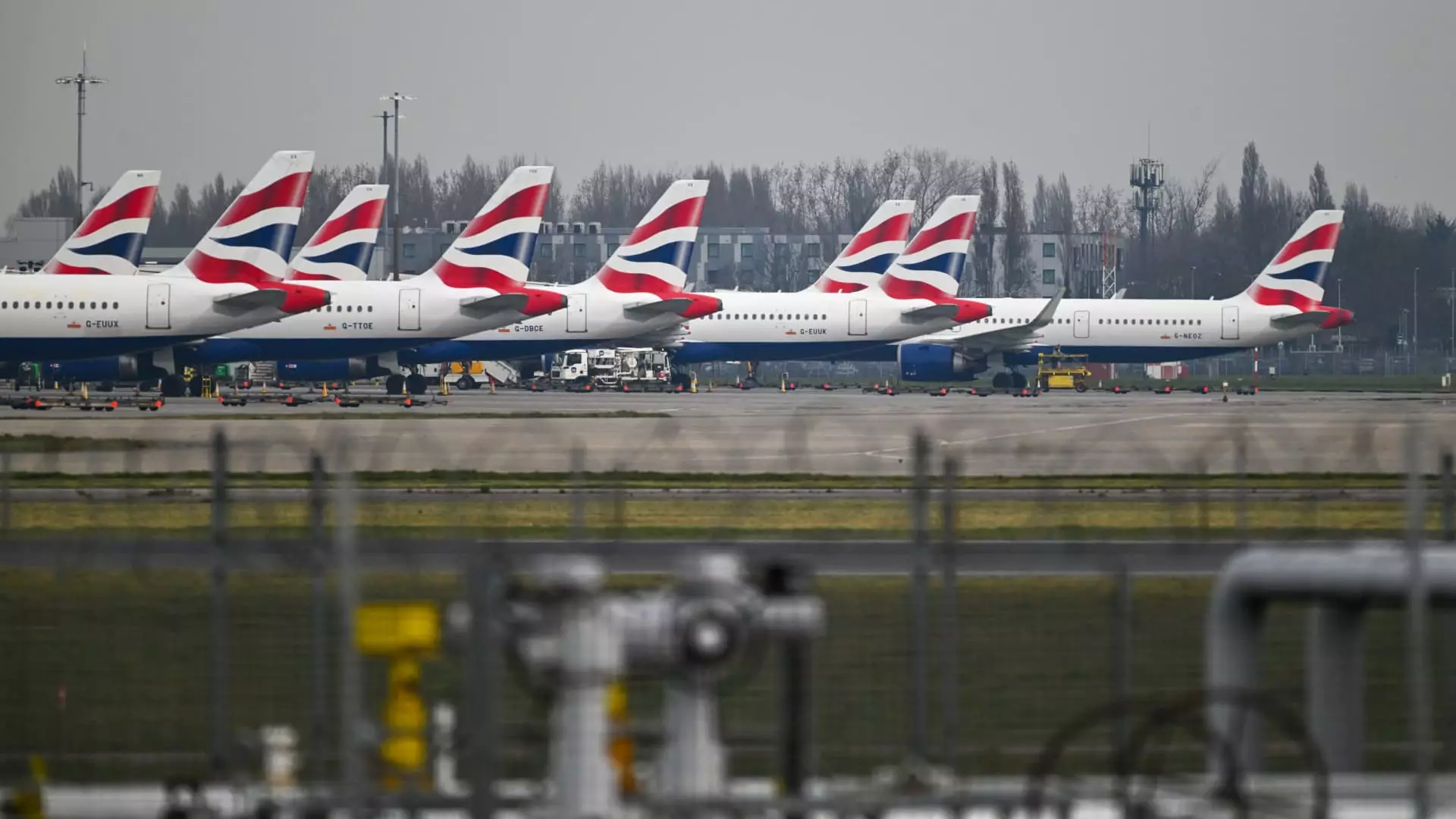On a typical Friday, tens of thousands of travelers would pass through Heathrow Airport, seamlessly moving between destinations around the globe. However, an unexpected electrical fire at a nearby substation derailed all operations, primarily due to a catastrophic power outage that left the airport in disarray. As Europe’s busiest airport—setting records for passenger numbers and operations—this incident exposed a troubling vulnerability within a critical hub of international travel. Over 800 flights were canceled that day, wreaking havoc on planned travel and establishing a stark reminder that our modern infrastructure can falter at any moment.
Delays cascaded through the intricacies of air travel, and it soon became evident how fragile this seemingly robust system truly is. This shutdown was not only an inconvenience for travelers but raised critical questions concerning the airport’s infrastructure planning and management capabilities.
Emergency Response Time: A Test of System Resilience
Heathrow’s struggle to manage the calamity was mirrored by the swift responses from emergency crews who were tasked with managing the aftermath of the electrical fire. The Metropolitan Police’s decision to allow the Counter Terrorism Command to lead the investigation reflects the seriousness of such an incident on national infrastructure. While there was “no indication of foul play,” the ramifications of fires like this compel us to examine the paths of accountability and infrastructural oversight.
What was particularly alarming was the revelation that the fire malfunctioning had a direct impact on the airport’s backup systems as well. In a world that increasingly relies on technology, it is shocking that an airport could become paralyzed by such an event. Questions like whether Heathrow had adequate contingency plans come to the forefront, hinting at an underlying complacency in critical infrastructure upkeep and innovation.
Airline Accountability and Passenger Experience
The airline industry, already grappling with skeleton staffing and travel disruptions due to the pandemic, bore the brunt of the fallout. British Airways, impacted significantly by the fire, had to cancel more than half of its schedule that day. Their offering of “flexible options” for rebooking is commendable, but it does little to soothe the frustration experienced by stranded passengers. An incident like this raises modern dilemmas about liability and compensation: Should it be solely upon the airlines to absorb the shock of disruptions caused by infrastructural failures?
As American Airlines and others scrambled to provide overnight accommodations for impacted customers, one begins to question whether sufficient frameworks exist to allocate costs fairly. Has Heathrow’s management—bringing in millions from passenger travel—built a meaningful safety net or operational resilience plan that can protect not only travelers but airlines reliant on the hub? It would appear there’s a glaring need for reform.
Reevaluating Risk Management in Critical Infrastructure
Energy Minister Ed Miliband described the fire as “catastrophic,” emphasizing the peculiar nature of a situation in which crucial backup systems failed. The incident has brought to light the necessity of reevaluating risk management protocols for crucial national infrastructure. It is nonpartisan common sense that planning must extend beyond routine maintenance and emergency services and into future-proofing our electricity and energy supplies.
While systemic failures within infrastructural frameworks are not uncommon, the complacency in response and remedy is concerning. The National Grid’s assessment that conditions at Heathrow remain precarious raises bigger questions about how vulnerable our city’s framework is when something as fundamental as power supply can so easily go awry. When it comes to infrastructure management, a shift away from post-incident litigation to proactive measures is an urgent necessity.
A Call to Action: Ensuring Accountability and Infrastructure Resilience
As the dust settles on this incident, stakeholders, from the government to air travel authorities, need to address the vulnerabilities revealed. The aviation industry should not bear the weight of infrastructural failings in isolation. Attributes such as fair compensation models should be scrutinized, ensuring travelers aren’t left in limbo during future crises.
Beyond immediate concerns for the airport’s restoration to a fully operational status lies a broader mandate: to instill a sense of accountability within the infrastructure managing frameworks. Heathrow may be the most prominent gateway in and out of Europe, but it signifies an even larger narrative about how our airports are prepared—or not prepared—to handle disruptions in a world increasingly dependent on air travel.
The transition from negligence to keen foresight could be crucial in ensuring that incidents like these don’t become a staple of modern air travel. It is time for guardians of our infrastructures to rise to the occasion and forge a safety framework reflective of our times, one resilient enough to withstand unforeseen calamities.

